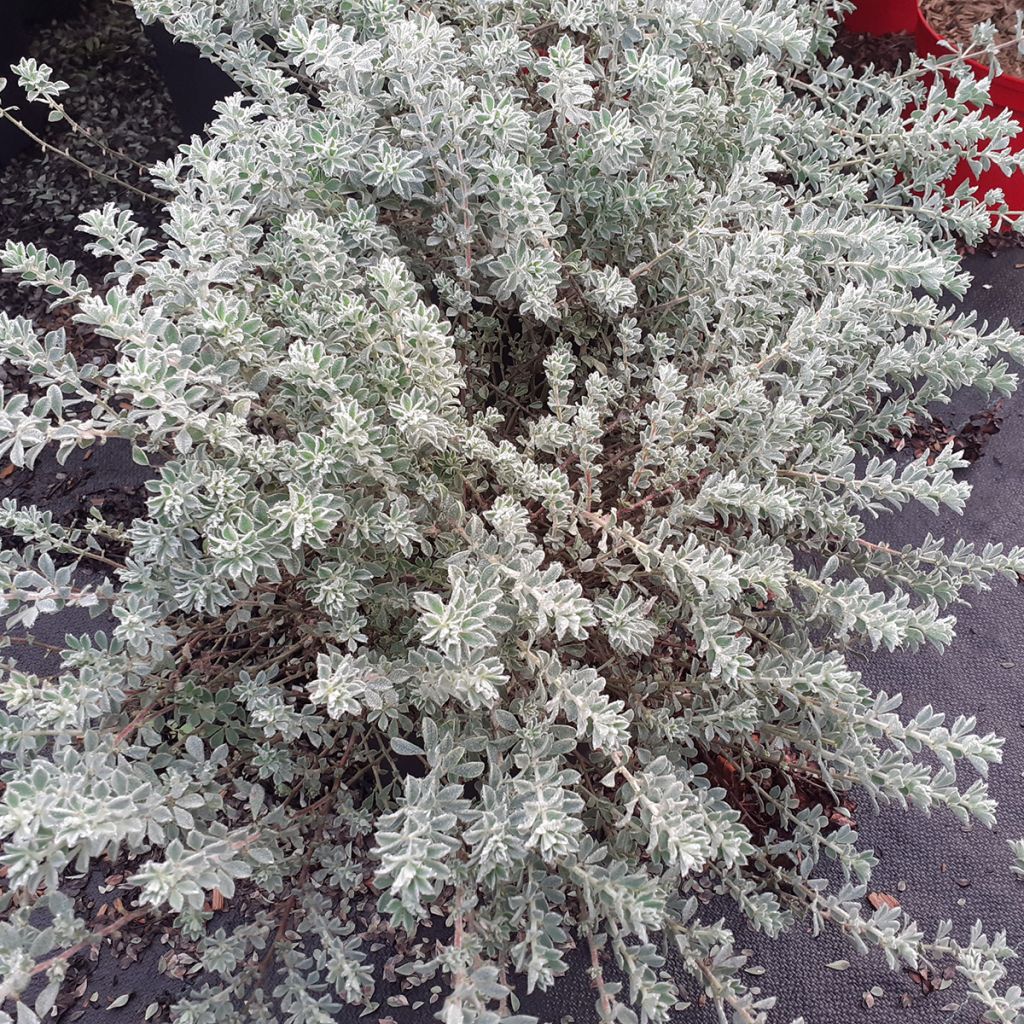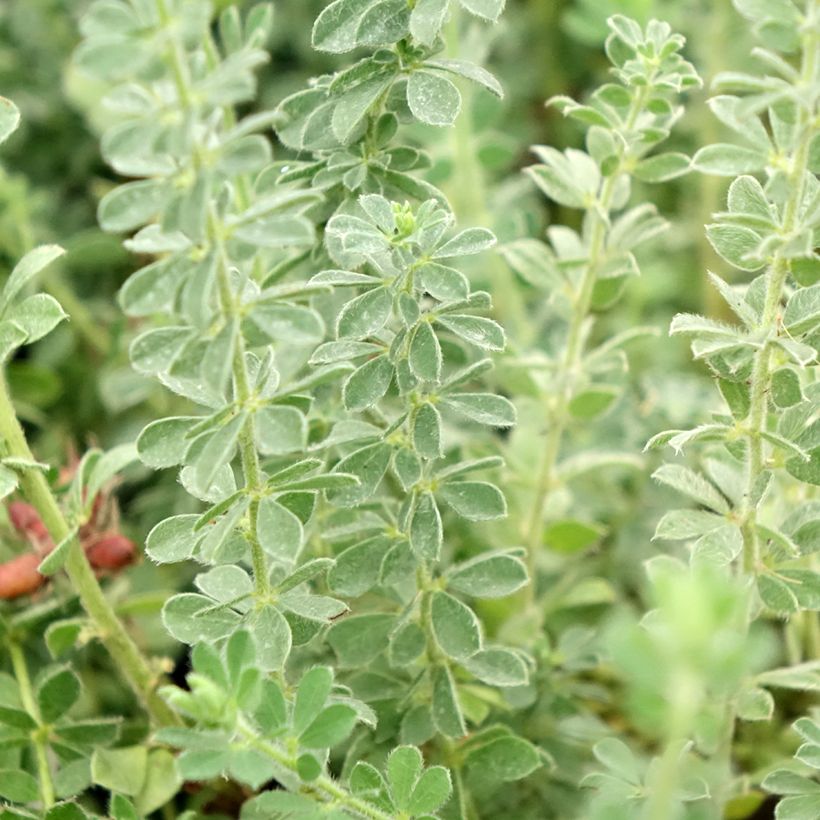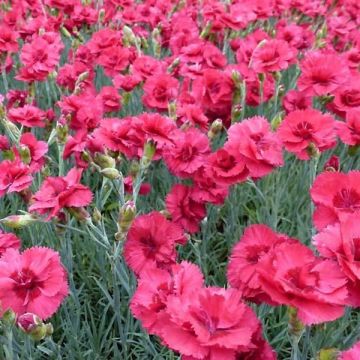

Dorycnium hirsutum Frejorgues
Dorycnium hirsutum Frejorgues
Dorycnium hirsutum Frejorgues
Hairy Canary clover
Special offer!
Receive a €20 voucher for any order over €90 (excluding delivery costs, credit notes, and plastic-free options)!
1- Add your favorite plants to your cart.
2- Once you have reached €90, confirm your order (you can even choose the delivery date!).
3- As soon as your order is shipped, you will receive an email containing your voucher code, valid for 3 months (90 days).
Your voucher is unique and can only be used once, for any order with a minimum value of €20, excluding delivery costs.
Can be combined with other current offers, non-divisible and non-refundable.
Home or relay delivery (depending on size and destination)
Schedule delivery date,
and select date in basket
This plant carries a 12 months recovery warranty
More information
We guarantee the quality of our plants for a full growing cycle, and will replace at our expense any plant that fails to recover under normal climatic and planting conditions.
Would this plant suit my garden?
Set up your Plantfit profile →
Description
Dorycnium hirsutum 'Frejorgues' is a selection of hairy dorycnium that is vigorous, with a more harmonious and denser growth than the species. It is a dense, spreading undershrub of Mediterranean origin, adorned with elegant silvery-grey, persistent foliage. In late spring or summer, it is covered with lots of small silky white-pink, nectar-rich flowers which form a light mass on the foliage. This plant is perfect for naturalising a wild garden, a slope, and various neglected spaces, especially in dry areas. It does not live very long, but it self-seeds abundantly in the garden.
Dorycnium hirsutum 'Frejorgues' was probably discovered in Fréjorgues, near Montpellier Méditerranée Airport. The species Dorycnium hirsutum, is an undershrub of the fabaceae family native to the Mediterranean basin. The variety 'Fréjorgues' quickly forms a small bush 50 cm (20in) tall and 60 to 80 cm (24 to 32in) wide, with dense, layered, and rather spreading growth. It bears small evergreen leaves composed of 3 silvery-grey leaflets, covered with small silky hairs that make it attractive all year round. Between May and July, depending on the climate, it is covered with small, nectar-rich, white-pink flowers with silvery reflections, matching its foliage. They emerge from the axils of the leaves, grouped in clusters of 5 to 9. It has the flowers typical of the pea family, with an upright banner, fused wings, and a shorter keel ending in a red tip. The flowers are followed by ovoid, elegant, bright purple pods, arranged in a star shape containing round seeds that are projected when ripe. The open pods have a shape similar to a rooster's foot. Hairy dorycnium does not live very long, especially in moist soil, but it readily self-seeds in dry and light soil.
Dorycnium hirsutum 'Frejorgues' is hardy to -12°C (10.4°F) and thrives in limestone, poor, well-drained soils, even those very dry in summer. It is also a good plant for coastal areas as it tolerates salt spray. This simple and delicate dorycnium enhances all its neighbours. Plant it on a sunny slope, in a raised border, or in a rockery, with smaller shrubby salvias, cistuses, Centranthus ruber, Euphorbia characias, teucriums or lavenders. In a dry garden, it is a pioneering plant, ideal for quickly filling a scree or a rocky terrain.
Report an error about the product description
Dorycnium hirsutum Frejorgues in pictures




Flowering
Foliage
Plant habit
Botanical data
Dorycnium
hirsutum
Frejorgues
Fabaceae
Hairy Canary clover
Mediterranean
Planting and care
Dorycnium 'Frejorgues' will thrive in any type of soil, acidic, neutral, alkaline, poor, rocky, or sandy, even very dry in summer. A well-drained soil improves hardiness, and coastal salt spray poses no problem. It can also be grown in a pot to be stored in a cool room or a cold greenhouse in winter. Place it in a very sunny location.
In the ground: Dig a wide and deep hole to loosen the soil. Add gravel at the bottom or mix coarse sand with the soil if it is too clayey, rich, and compact.
For pot cultivation: It is best to use a terracotta pot that retains less moisture around the roots. Place a layer of gravel at the bottom of the pot, then use a well-draining mix like the one suggested above. Allow the surface of the soil to dry between waterings.
A
Planting period
Intended location
Care
Planting & care advice
This item has not been reviewed yet - be the first to leave a review about it.
Similar products
Haven't found what you were looking for?
Hardiness is the lowest winter temperature a plant can endure without suffering serious damage or even dying. However, hardiness is affected by location (a sheltered area, such as a patio), protection (winter cover) and soil type (hardiness is improved by well-drained soil).

Photo Sharing Terms & Conditions
In order to encourage gardeners to interact and share their experiences, Promesse de fleurs offers various media enabling content to be uploaded onto its Site - in particular via the ‘Photo sharing’ module.
The User agrees to refrain from:
- Posting any content that is illegal, prejudicial, insulting, racist, inciteful to hatred, revisionist, contrary to public decency, that infringes on privacy or on the privacy rights of third parties, in particular the publicity rights of persons and goods, intellectual property rights, or the right to privacy.
- Submitting content on behalf of a third party;
- Impersonate the identity of a third party and/or publish any personal information about a third party;
In general, the User undertakes to refrain from any unethical behaviour.
All Content (in particular text, comments, files, images, photos, videos, creative works, etc.), which may be subject to property or intellectual property rights, image or other private rights, shall remain the property of the User, subject to the limited rights granted by the terms of the licence granted by Promesse de fleurs as stated below. Users are at liberty to publish or not to publish such Content on the Site, notably via the ‘Photo Sharing’ facility, and accept that this Content shall be made public and freely accessible, notably on the Internet.
Users further acknowledge, undertake to have ,and guarantee that they hold all necessary rights and permissions to publish such material on the Site, in particular with regard to the legislation in force pertaining to any privacy, property, intellectual property, image, or contractual rights, or rights of any other nature. By publishing such Content on the Site, Users acknowledge accepting full liability as publishers of the Content within the meaning of the law, and grant Promesse de fleurs, free of charge, an inclusive, worldwide licence for the said Content for the entire duration of its publication, including all reproduction, representation, up/downloading, displaying, performing, transmission, and storage rights.
Users also grant permission for their name to be linked to the Content and accept that this link may not always be made available.
By engaging in posting material, Users consent to their Content becoming automatically accessible on the Internet, in particular on other sites and/or blogs and/or web pages of the Promesse de fleurs site, including in particular social pages and the Promesse de fleurs catalogue.
Users may secure the removal of entrusted content free of charge by issuing a simple request via our contact form.
The flowering period indicated on our website applies to countries and regions located in USDA zone 8 (France, the United Kingdom, Ireland, the Netherlands, etc.)
It will vary according to where you live:
- In zones 9 to 10 (Italy, Spain, Greece, etc.), flowering will occur about 2 to 4 weeks earlier.
- In zones 6 to 7 (Germany, Poland, Slovenia, and lower mountainous regions), flowering will be delayed by 2 to 3 weeks.
- In zone 5 (Central Europe, Scandinavia), blooming will be delayed by 3 to 5 weeks.
In temperate climates, pruning of spring-flowering shrubs (forsythia, spireas, etc.) should be done just after flowering.
Pruning of summer-flowering shrubs (Indian Lilac, Perovskia, etc.) can be done in winter or spring.
In cold regions as well as with frost-sensitive plants, avoid pruning too early when severe frosts may still occur.
The planting period indicated on our website applies to countries and regions located in USDA zone 8 (France, United Kingdom, Ireland, Netherlands).
It will vary according to where you live:
- In Mediterranean zones (Marseille, Madrid, Milan, etc.), autumn and winter are the best planting periods.
- In continental zones (Strasbourg, Munich, Vienna, etc.), delay planting by 2 to 3 weeks in spring and bring it forward by 2 to 4 weeks in autumn.
- In mountainous regions (the Alps, Pyrenees, Carpathians, etc.), it is best to plant in late spring (May-June) or late summer (August-September).
The harvesting period indicated on our website applies to countries and regions in USDA zone 8 (France, England, Ireland, the Netherlands).
In colder areas (Scandinavia, Poland, Austria...) fruit and vegetable harvests are likely to be delayed by 3-4 weeks.
In warmer areas (Italy, Spain, Greece, etc.), harvesting will probably take place earlier, depending on weather conditions.
The sowing periods indicated on our website apply to countries and regions within USDA Zone 8 (France, UK, Ireland, Netherlands).
In colder areas (Scandinavia, Poland, Austria...), delay any outdoor sowing by 3-4 weeks, or sow under glass.
In warmer climes (Italy, Spain, Greece, etc.), bring outdoor sowing forward by a few weeks.

















































